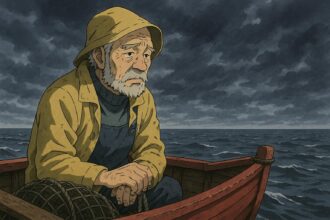From using a ‘lunar Wall of Death’ to maintain astronaut health to the burgeoning US-Japan collaboration in lunar exploration and new discoveries about asteroids, the race for space dominance heats up with advanced science and international alliances.
Scientists have brainstormed an innovative concept to maintain astronaut health during extended moon missions by suggesting the use of a “lunar Wall of Death.” The University of Milan’s Professor Alberto Minetti explained that this method, which engages wooden cylinders and bungee cords to simulate lateral forces, aims to prevent muscle and bone degradation in low-gravity environments like the moon. This technique underwent preliminary tests involving runners attached to bungee cords, which indicated potential benefits if performed regularly. With moon missions on the horizon, maintaining astronaut fitness remains a priority against the moon’s low-gravity challenges.
In international space race developments, Japan is poised to potentially surpass China in landing astronauts on the moon. This initiative is part of collaboration with the US, with plans under the Artemis missions for a Japanese astronaut to step onto the lunar surface in 2028 and 2032, ahead of China’s intended 2030 manned landing. US President Joe Biden highlighted this cooperation, which also includes advances by China in lunar exploration, sparking what NASA’s Bill Nelson refers to as a new “space race.” The US-Japan venture includes using a pressurized rover operated by Japan, emphasizing the strategic competition in lunar exploration.
In a separate celestial development, Earth recently avoided an asteroid collision with 2016 HJ03, or Kamo’oalewa, which originated from the moon’s Giordano Bruno crater following a significant impact event. This finding, published in Nature Astronomy, marks the first asteroid traced back to its lunar origin, offering a unique look at cosmic particle dynamics and potential implications for understanding life dispersion in the universe. China’s Tianwen-2 mission plans to explore Kamo’oalewa, considering its significant origins and orbit similar to Earth’s, focusing on broader cosmic and life origination theories.













